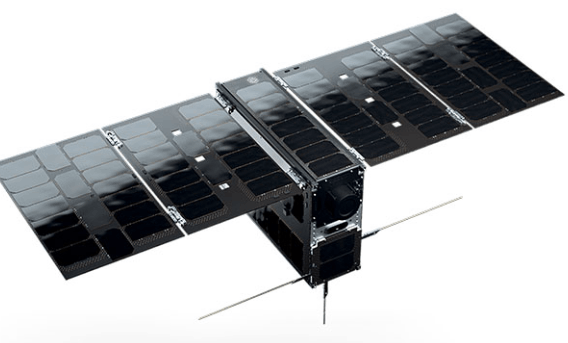
Notional OrbitSweeper Cubesat Using EPIC 6U - CubeSat Platform

Notional OrbitSweeper Cubesat Using EPIC 6U - CubeSat Platform
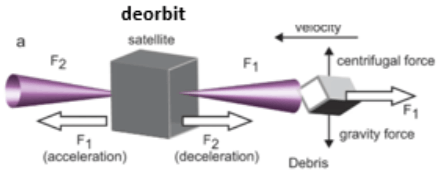
An old diagram from a concept using plasma, OrbitSweeper uses other "fuels"
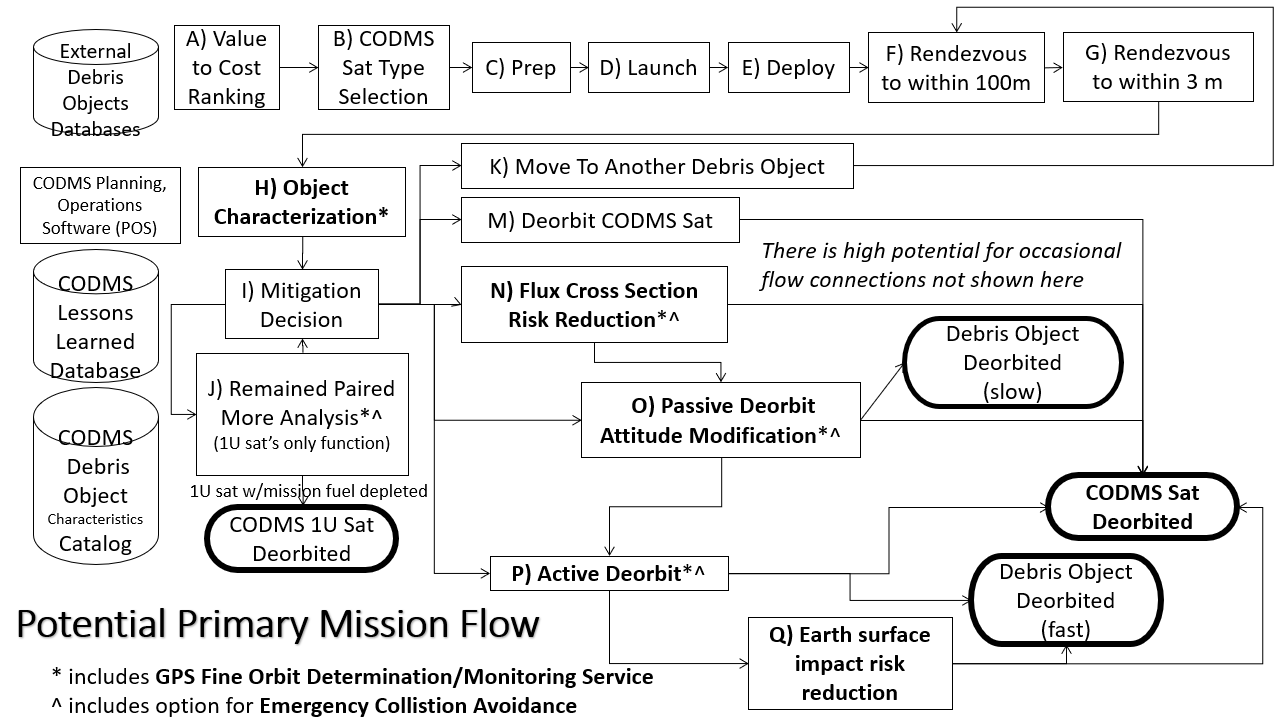
Various OrbitSweeper Services
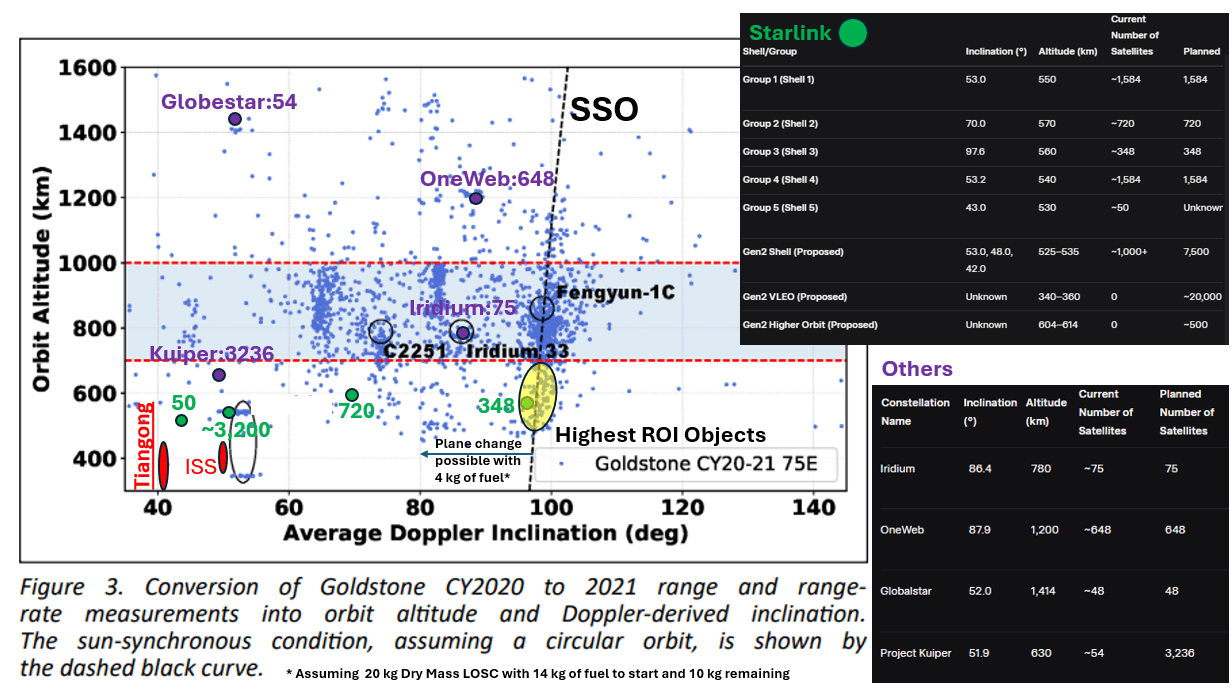
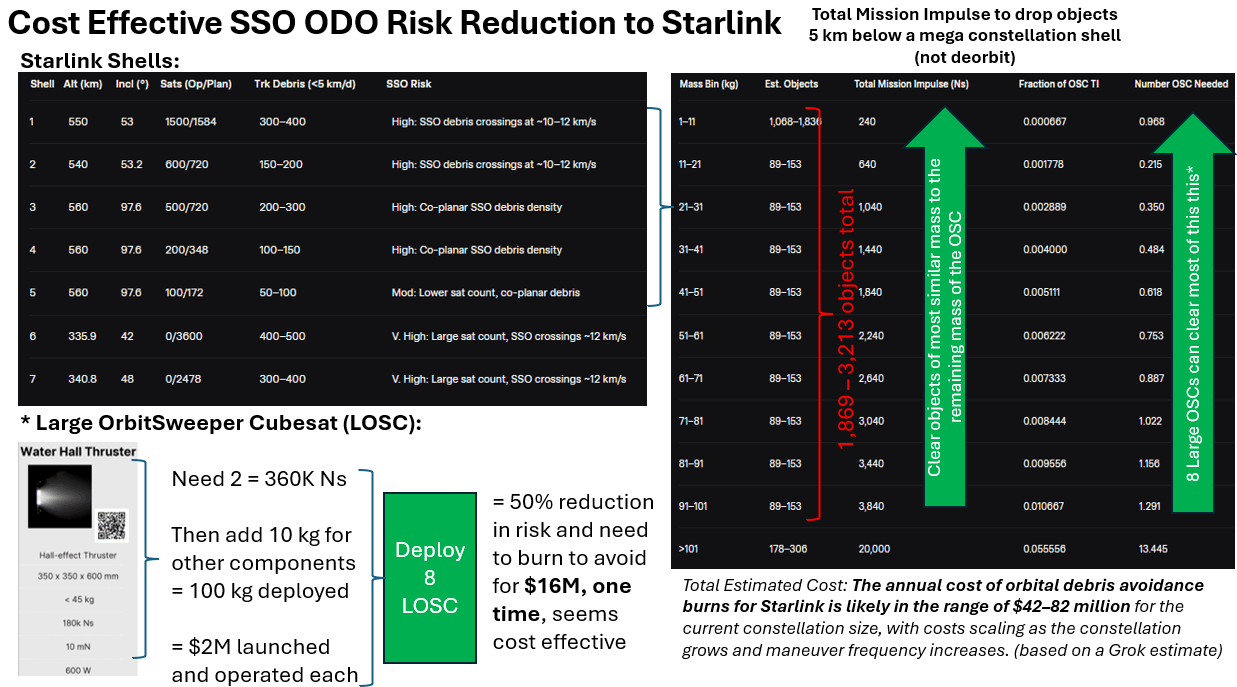
Designed with Mobirise - Check this